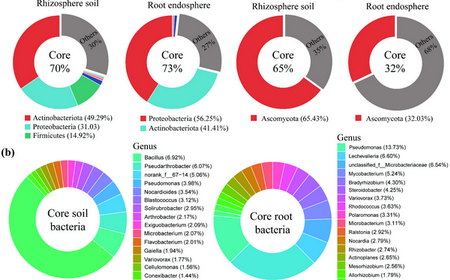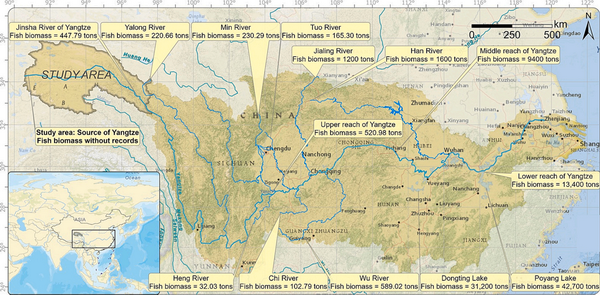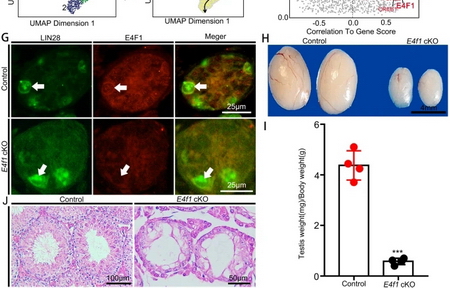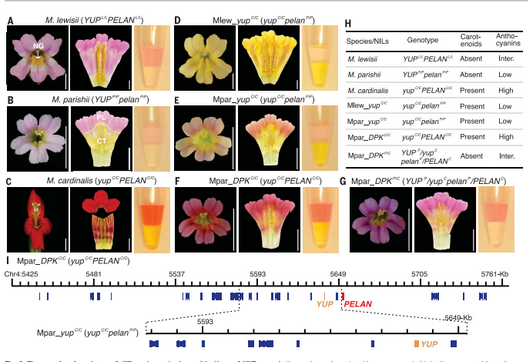A core root bacteria contribute to plant growth and anisodine accumulation of Anisodus tanguticus

January 18, 2024 Although it is well recognized that core root microorganisms contribute to plant health and productivity, little is known about their role to the accumulation of secondary metabolites. The roots of Anisodus tanguticus...
Spatially explicit estimation of freshwater fish stock biomass with limited data: A case study of an endangered endemic fish on the Tibetan Plateau, China

January 17, 2024 Accurate evaluation of fish stock biomass is essential for effective conservation management and targeted species enhancement efforts. However, this remains challenging owing to limited data availability. Therefore, w...
Uneven distributions of unique species promoting N niche complementarity explain the stability of degraded alpine meadow

January 17, 2024 Alpine meadow degradation, usually involving decreased soil nitrogen (N) and patchy landscapes, is a challenge for natural restoration. However, the mechanism underlying plant species coexistence under degradation is ...
Transcription factor E4F1 dictates spermatogonial stem cell fate decisions by regulating mitochondrial functions and cell cycle progression

September 26, 2023 We analyzed the chromatin accessibility of undifferentiated spermatogonia at the single-cell level and identified 37 positive TF regulators that may have potential roles in dictating SSC fates. The transcription facto...
Taxon-specific, phased siRNAs underlie a speciation locus in monkeyflowers

February 10, 2023 Taxon-specific small RNA loci are widespread in eukaryotic genomes, yet their role in lineage-specificadaptation, phenotypic diversification, and speciation is poorly understood. Here, we report that aspeciation locus...
